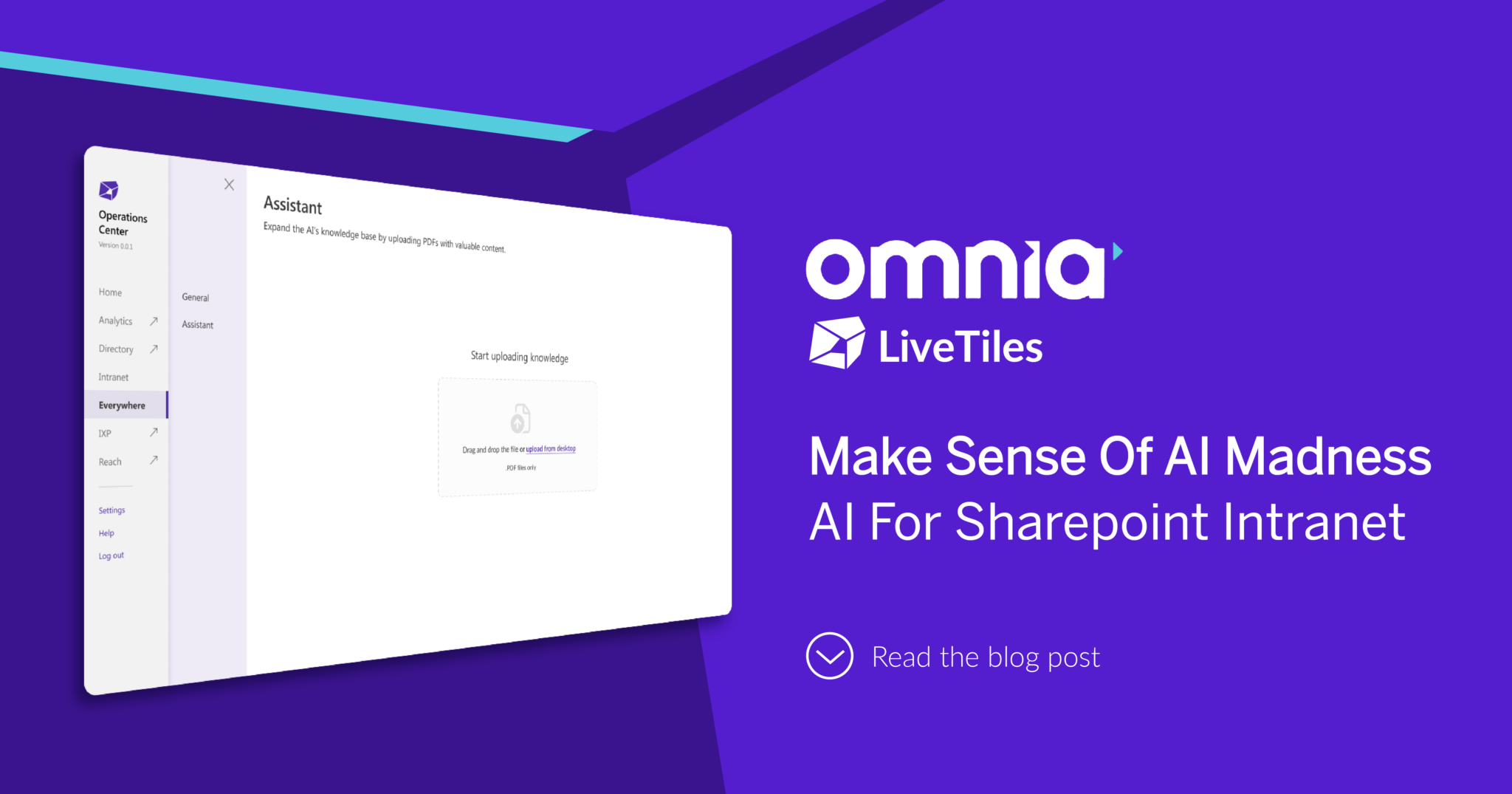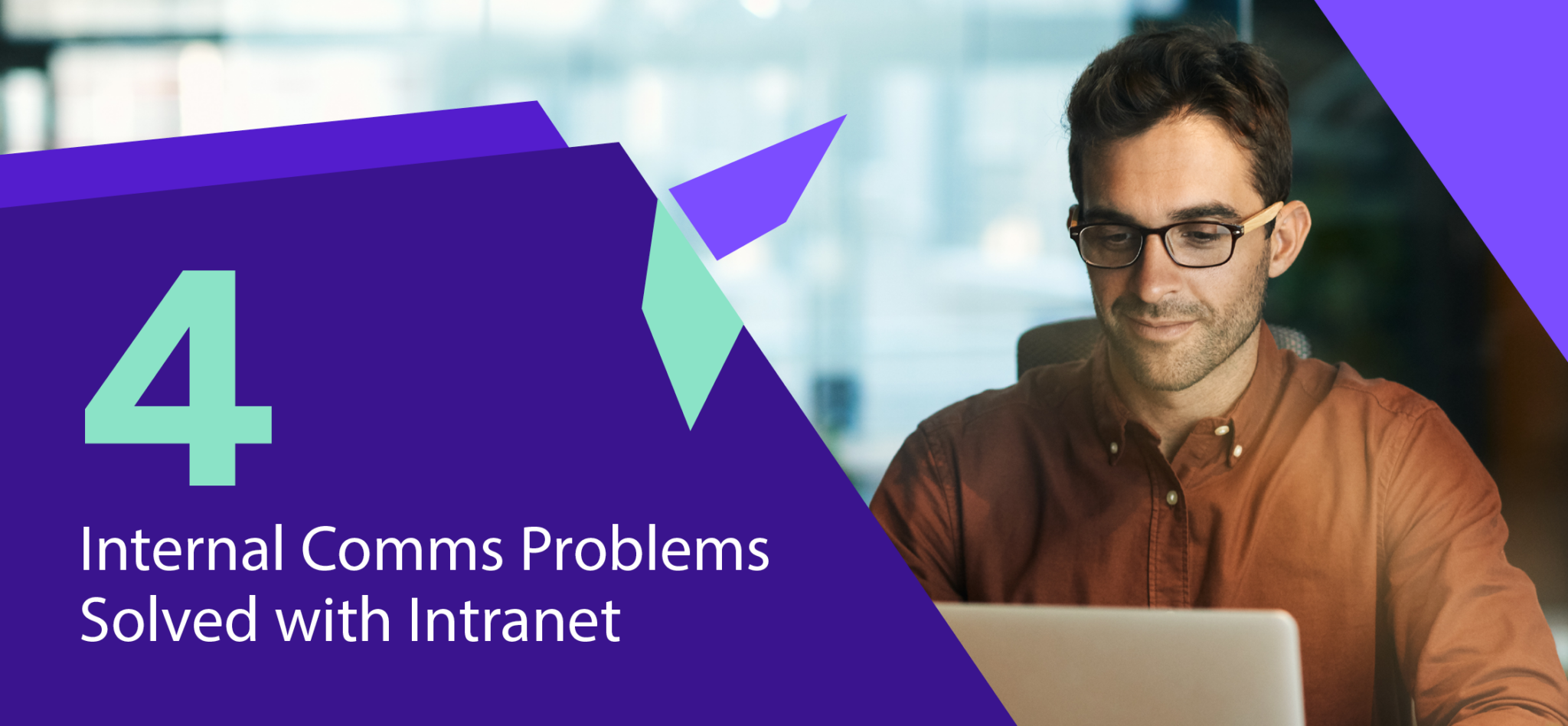8 Challenges SharePoint Admins Face
SharePoint offers a whole host of tools for launching an intranet that helps a company manage its documentation, communicate with employees and improve their team collaboration. Many of these tools are designed to help SharePoint admins provide their users with an engaging and interactive user experience. However, even with these tools, SharePoint intranet implementation isn’t always seamless. Here are a few challenges SharePoint admins commonly face when managing an organization’s intranet, along with suggestions for addressing them.
1. Adoption
Historically, SharePoint admins struggle with user adoption in their business. SharePoint admins are IT professionals focused on managing document storage, monitoring security risks and ensuring employees have access to company tools. UX is often secondary to these functions. Fortunately, analytics tools are available to provide real-time insights into intranet usage, helping SharePoint admins measure user activity across site pages and dig deep into granular data, ensuring a more engaging SharePoint experience. This enables SharePoint admins to make intranet decisions based on fact, not fiction.
2. SharePoint Versions: Classic vs. Modern
Since the inception of SharePoint almost 19 years ago, there has been significant changes to the technology. SharePoint has become a vital and trusted intranet tool for the digital workplace. As SharePoint continues to evolve to support the changing workforce, so too does the available technology “versions” of SharePoint. The common SharePoint versions include Classic and Modern.
Modern SharePoint was introduced in 2018 as the latest version of the intranet tool. This is a challenge for SharePoint Admins as they now have to decide to upgrade from their current Classic SharePoint version to Modern SharePoint. Both versions, however, have their limitations for the SharePoint Admin. For example, Classic SharePoint has an inflexible and difficult to maintain information architecture, which requires a lot of customization, resulting in a poor UX. And even though Modern SharePoint offers new features that improve the admin and user experience in comparison to Classic SharePoint, it is still lacking flexibility for customization.
A SharePoint admin can enhance their SharePoint experience no matter what version they host their Intranet on by leveraging a Microsoft’s partner technology that can improve either version with features that are not included in the out-of-the-box SharePoint offering. Instead of building an intranet, a SharePoint Admin can build an Intelligent Intranet, complete with user analytics, an employee directory, org chart and bot assistants.
3. User Interface
SharePoint intranets are clunky with static pages and few interactive tools. For some SharePoint admins, a lot of time and money is spent on customization so the intranet can match an organization’s brand and provide a compelling UX. With LiveTiles Intranet and LiveTiles Reach, branded SharePoint pages can be created quickly, and users are given an intuitive and mobile-friendly experience without so many resources going to customization.
4. Training
One of the common challenges many SharePoint admins face is a lack of training of new features and certification. There is a SharePoint community with meetups, user groups and conferences, but it can be challenging to convince management to send SharePoint admins to these events, as well as to pay for training and certifications. To ensure that SharePoint admins can thrive, companies need to make smart investments in their future.
5. Security
SharePoint Admins often run into problems by allowing individuals to set their permissions or to make requests for individual permission changes. This leads to diminished security protocols and at risk SharePoint Intranets. One solution is to use SharePoint Groups to assign permissions, so employees in the same department or with similar titles all have the same permissions, and there are fewer individual permissions to control. Even still, important information can be at risk. With a secure intelligent workplace, organizations can protect against inside threats including breaches, sensitive data misuse and unauthorized file access.
6. Monitoring
Monitoring is a common complaint of SharePoint admins and even users. There is too much irrelevant content on SharePoint intranets. Sites can become dumping grounds for data. For example, despite revision control tools, many users still save multiple obsolete versions of files. With 1 TB of storage for each business user, a great deal of redundant information can end up on SharePoint. Admins should monitor the type of content stored, and user training and reminders about the appropriate use of storage helps avoid this issue.
7. Backups and Restores
SharePoint Admins often think moving to cloud services means they are off the hook for backups and restores. It’s important to keep in mind that Microsoft maintains a 14-day site backup for disaster recovery and Recycle Bin items are emptied after 30 days. Despite being on the cloud, SharePoint admins still need to back up to local storage or another cloud provider.
8. Document Management
Organizations can generate thousands of new files daily. It can be overwhelming to manage this much content without a robust system. To solve this issue, many organizations are using tools like LiveTiles to improve document management, and our document storage options, enables you to store and share SharePoint documents in a consolidated view for easy access.







